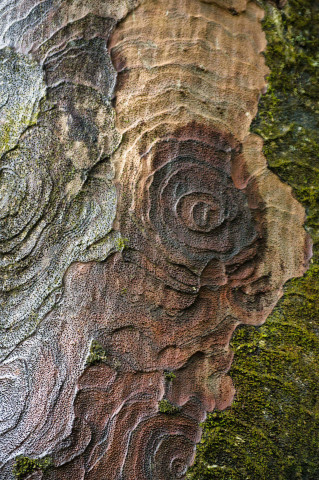Efforts to protect culturally significant species, such as kauri, from biological threats requires more accessible tools and training opportunities. This would enable Indigenous communities to contribute to, and benefit from, more efficient and inclusive biosecurity and conservation practices.

Monitoring for the organism causing kauri dieback in Aotearoa New Zealand is critical, but also difficult; it is slow and expensive and involves removing soils from ngahere [forests]. This soil removal presents data and sample sovereignty issues.
Developing a point-of-need test for Phytophthora agathidicida, the pathogen responsible for kauri dieback, would be ground-breaking. Placing much-needed technology in the hands of communities, point-of-need surveillance will allow faster and better decision-making, reduce costs, provide more effective monitoring, and avoid removing soils from their respective ngahere.
Using environmental DNA, it is possible to detect the presence of an organism in an area even without finding the organism itself, simply through the traces of DNA every living organism leaves in the environment surrounding it. This has significant implications for kaitiaki wanting to either detect pest species and pathogens or survey the biodiversity of hard-to-study environments such as streams, lakes, soils, or oceans.
While molecular detection methods for P.agathidicida are in use, they are not yet optimised for testing environmental samples, such as soil, in the field. This project works with Te Rarawa Iwi, exploring options with Te Rarawa Kauri Ora rangers for community-based biomonitoring using environmental DNA. Key approaches include in-field DNA extraction from soil and freshwater samples, and amplification of genetic markers specific to P. agathidicida to immediately detect this plant pathogen.
Starting with the co-development of a kauri die back surveillance pipeline, the project will look to design ways to extract P.agathidicida DNA in the field from soil samples taken from around kauri trees, and carry-out real-time, point-of-need surveillance in Warawara Forest. Located in the Northland region, within the rohe of Te Rarawa, Warawara is the largest and most intact primary growth kauri forest left in Aotearoa New Zealand. Kauri dieback has been detected at the forest edges, this is especially concerning for Te Rarawa, as the kaitiaki of Warawara.
Outcomes
Outcomes from this work will assist Te Rarawa Kauri Ora rangers to carry-out long- term monitoring within their rohe, enabling informed and timely management decisions regarding kauri protection.
Team
- Amanda Black, Ngāi Tūhoe, Whakatōhea, Te Whānau ā Apanui (Bioprotection Aotearoa and Lincoln University)
- Michael Knapp (University of Otago).
- George Riley (Warawara Komiti Kaitiaki)
- Takapari Murray (Te Rarawa Kauri Ora Team Leader)
- Jamie-Lee Brown and Hirikia Murray (Te Rarawa Kauri Ora Rangers)
- Fredrik Helm (BioSense)